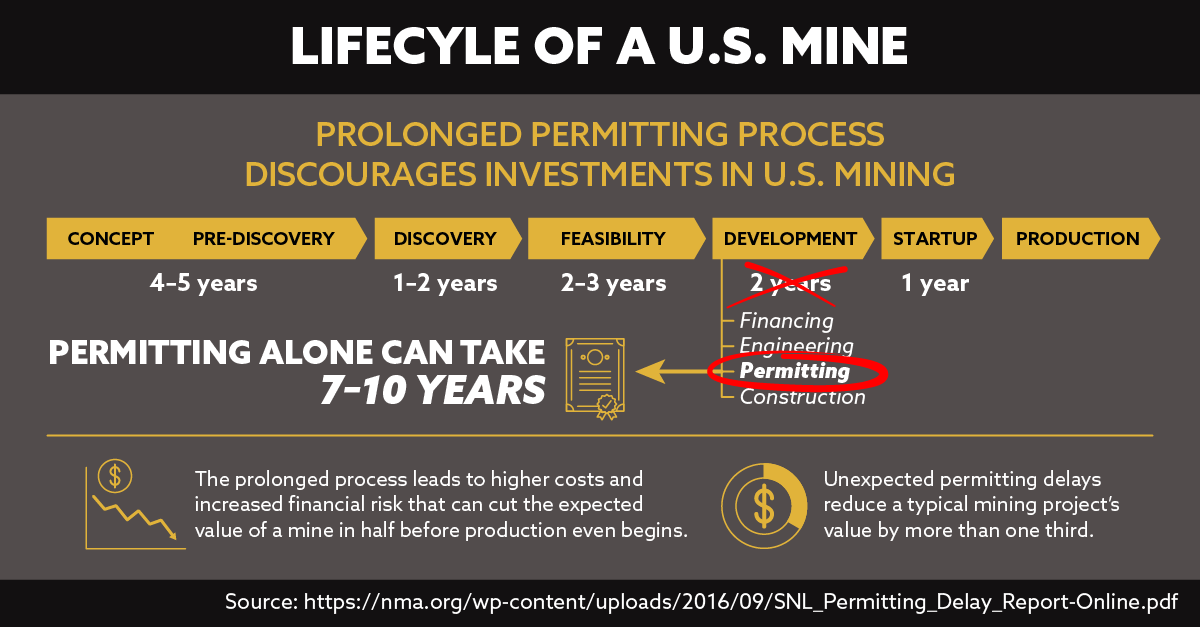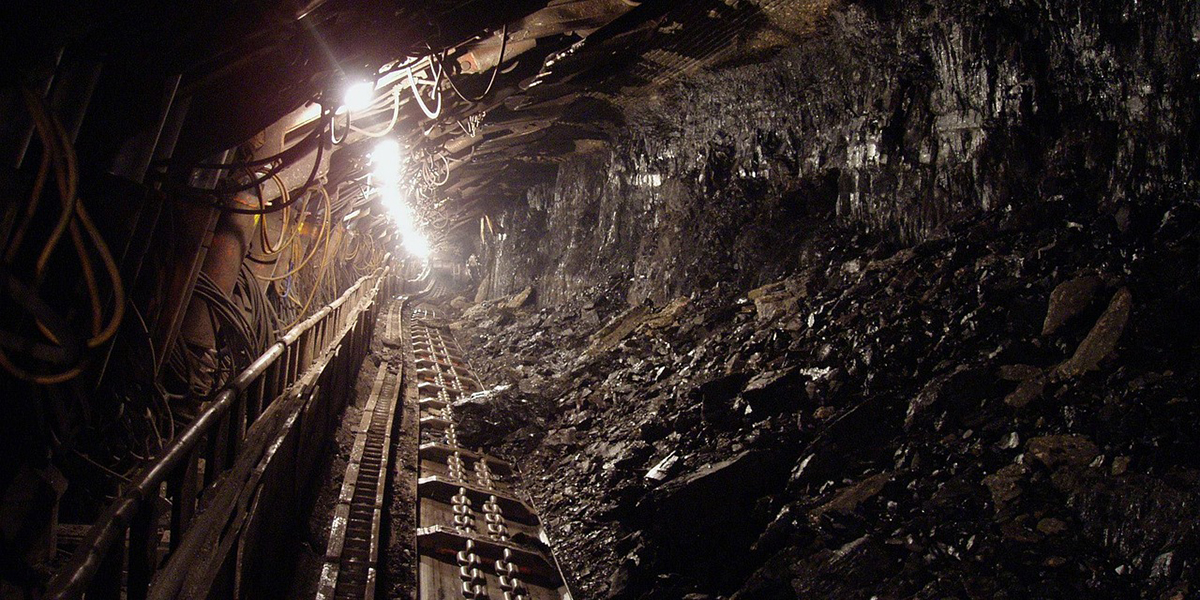Mining permits are critical legal documents that authorize companies to explore, extract, and manage mineral resources from designated areas. These permits ensure that mining activities comply with environmental regulations, public health standards, and land use policies. As the demand for minerals continues to rise, understanding the permitting process and its implications is essential for both mining companies and the communities affected by their operations. This article explores the importance of mining permits, the typical permitting process, key considerations, and the challenges faced in obtaining these permits.
The Importance of Mining Permits
Mining permits serve several vital purposes:
- Regulatory Compliance: Permits ensure that mining activities adhere to local, national, and international laws, including environmental regulations, labor laws, and safety standards.
- Environmental Protection: Through the permitting process, regulatory agencies assess the potential environmental impacts of proposed mining projects. This includes evaluating effects on air and water quality, wildlife habitats, and local ecosystems.
- Public Health and Safety: Mining permits require companies to implement safety measures to protect workers and nearby communities from potential hazards associated with mining operations.
- Community Engagement: The permitting process often involves public consultations, allowing community members to voice their concerns and participate in discussions about the potential impacts of mining projects.
- Land Use Management: Permits help ensure that mining activities do not conflict with other land uses, such as agriculture, tourism, or residential development, promoting responsible land management.
The Typical Permitting Process
The process for obtaining a mining permit can vary significantly by region and the type of mining operation. However, it generally includes the following key steps:
- Exploration and Assessment:
- Before applying for a permit, companies conduct exploration activities to assess the mineral potential of a site. This often involves geological surveys, drilling, and environmental assessments.
- Preparation of Permit Application:
- Companies must prepare a comprehensive permit application that includes details about the proposed mining operation, environmental impact assessments, reclamation plans, and measures to mitigate potential impacts.
- Regulatory Review:
- Once submitted, the application undergoes a thorough review by regulatory agencies. This process may involve multiple levels of government and can take several months or even years, depending on the complexity of the project.
- Public Consultation:
- Many jurisdictions require public consultations, where community members can provide feedback on the proposed project. This step is crucial for fostering transparency and addressing community concerns.
- Approval or Denial:
- After completing the review and consultation process, regulatory agencies will either approve or deny the permit application. If approved, the permit will specify the conditions that must be met during mining operations.
- Monitoring and Compliance:
- Once mining begins, companies must comply with the conditions outlined in the permit. Regulatory agencies often conduct inspections and monitoring to ensure compliance with environmental and safety standards.
Key Considerations in the Permitting Process
- Environmental Impact Assessments (EIAs):
- Many jurisdictions require comprehensive EIAs as part of the permitting process. These assessments evaluate the potential environmental effects of mining operations and propose measures to minimize harm.
- Reclamation Plans:
- Mining permits often require companies to develop plans for land reclamation after mining activities have ceased. Reclamation involves restoring the land to its original condition or repurposing it for other uses, such as agriculture or recreation.
- Stakeholder Engagement:
- Effective stakeholder engagement is crucial for building trust and addressing community concerns. Companies should prioritize transparent communication and work collaboratively with local communities and indigenous groups.
- Regulatory Changes:
- Mining companies must stay informed about changing regulations and policies that could impact the permitting process. Keeping abreast of local, national, and international legal frameworks is essential for compliance.
Challenges in Obtaining Mining Permits
- Lengthy Approval Processes:
- The permitting process can be time-consuming and bureaucratic, leading to delays that can increase costs and impact project timelines.
- Public Opposition:
- Community resistance to mining projects can complicate the permitting process. Negative public sentiment can stem from concerns about environmental impacts, cultural preservation, and land use conflicts.
- Complex Regulatory Frameworks:
- Navigating the regulatory landscape can be challenging, especially for companies operating in multiple jurisdictions with differing requirements.
- Environmental Concerns:
- Increasing awareness of environmental issues has led to stricter regulations and heightened scrutiny of mining projects. Companies must be prepared to address potential impacts comprehensively.
Conclusion
Mining permits are essential tools for ensuring that mineral extraction is conducted responsibly and sustainably. By understanding the permitting process, companies can better navigate the regulatory landscape and engage effectively with communities and stakeholders. While the challenges in obtaining mining permits can be significant, they are crucial for safeguarding the environment, protecting public health, and promoting responsible resource management. As the demand for minerals continues to grow, a commitment to responsible mining practices will be vital in securing a sustainable future for both the industry and the communities it serves.



